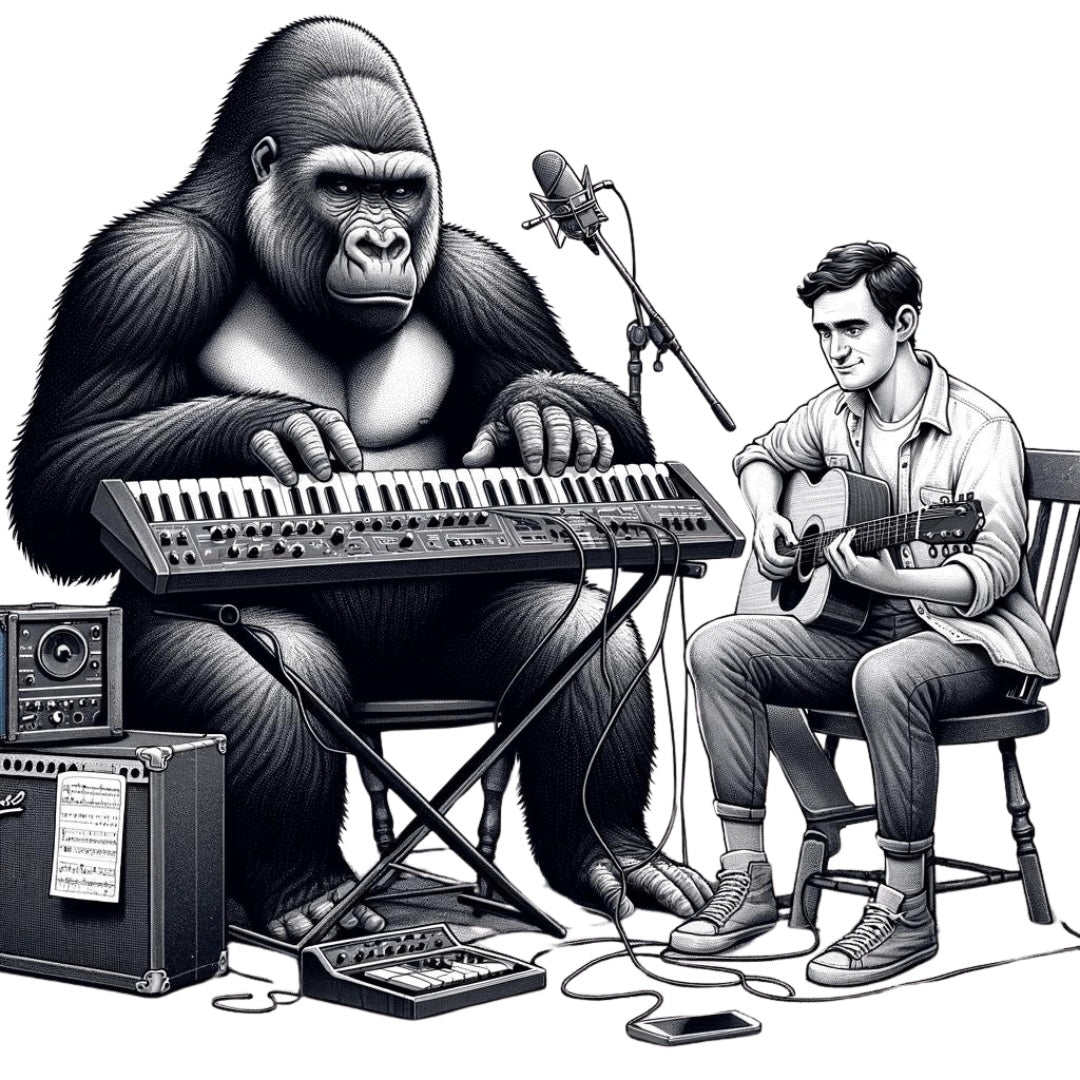Having a diverse music taste is good for you
Written by Pete Armitage
Streaming platforms like Spotify and Tidal allow listeners paying very modest subscription fees to have access to more music than any record shop could have ever stocked. It’s easy to take for granted the sheer amount of material that is now available at our fingertips compared to even 10 years ago. For the most part this accessibility means consumers listen to a more diverse range of artists, as well as more music in general. High Powered Boys’ 2008 release ‘Sounds of Cain’ for example is now instantly accessible to the 248 million who subscribe to Spotify alone, a far cry from its relative inaccessibility pre-streaming era.

Previously radio, television and record shops were the chief frontiers for musical discovery, and despite being charming, the selection is usually at the whim of the programmer/shop owner’s taste to some degree. Before, the more variety one wanted, the more one had to pay. Now we have a level playing field with more and more consumers parting with the gobsmackingly cheap €10 or €15 monthly fee for unlimited listening.
Indeed, a 2017 marketing study conducted by Hannes Datta, George Knox, Bart J. Bronnenberg provides compelling evidence to show the increased diversity of listeners' music consumption.
After only one week using streaming services as opposed to purchasing music, study participants streamed 132% more songs and listened to 62% more unique artists. This stark metamorphosis in consumption behaviours as a result of the availability and competitive price of streaming services begs the question as to how exposure to many different genres and artists might benefit the listener. Might we speculate that there is a wider benefit to grandma listening to Drexciya and DJ Stingray on shuffle? Might she gain a deeper understanding of other cultures? Might she be a little less likely to be xenophobic?
These are big questions, but there has been some evidence that certain genres of music can have some therapeutic benefit. In 2014, Akeem Sule and Becky Inster carried out a study published in The Lancet proposing the theory that the upwardly mobile, aspirational storylines which permeate contemporary hip-hop narratives can serve to manifest ‘positive mental imagery’ in listeners. They argue that listening to hip hop has the power to instill confidence in the listener - the tales of artists escaping poverty for a better life giving hope to those struggling with depression.

Another deeply fascinating study conducted by Patrick Wong, Tyler Perrachione and Elizabeth Hellmuth Margulis in 2009 investigates the effects of asymmetric cultural experiences on the auditory pathway. The scientists discussed the idea of asymmetricality in cultural experiences, i.e. immersion in one linguistic group, or exposure to particular styles of music that might be atypical to one’s most familiar culture.
An example might be a child with an Indian mother and a British father. The mother might frequently play bhangra at home, and the child becomes accustomed and fond of it, alongside its father’s musical taste for UK funky. The asymmetricality lies in the level of exposure - the child might only listen to a bit of Malkit Singh in mum’s car as opposed to loads of Roska played by dad at home.
Wong et al’s study looks at the potential impact of these asymmetric music experiences on how the nervous system responds to complex sounds. Participants in their first group of the study were Americans who had grown up listening to predominantly Western popular music. The second group was comprised of Indian Americans who grew up listening to both Western popular music and Indian popular music.
They proceeded to ask participants to indicate the amount of ‘tension’ they felt in both genres. The first group tended to report a higher level of tension in the unfamiliar material, whereas the second group reported low level of tensions in both Western and Indian variants.
Wong et al also exposed participants to the different genres inside a functional magnetic resonance scanner (fMRI), whilst scanning their brain activity. The results were startling, revealing that the ‘bimusical’ latter group engaged different parts of the brain when listening to music of any kind. The researchers figured that there was heightened activity in areas of the brain associated with both auditory and emotional functions, which the bimusicals used to differentiate between the different styles.
In other words, the evidence suggests that our musical experiences can actually cause physiological differences in the brain. Interestingly similar differences can be seen in bilingual speakers - however, these changes require that the speakers actually actively engage in the learning of two languages. With regard to music, listening is enough, ‘People can acquire sensitivities to complex auditory stimuli associated with multiple cultures simply through exposure and enculturation, without the kind of intensive participation and activity characteristic of actually speaking a language.’3
The availability of streaming services has vastly changed the nature of our music consumption. It provides us with access to genres that may not otherwise be common outside of small scenes and may in the long run allow smaller artists to gain greater and more widespread listenership. An even greater benefit might be an improvement in the cognitive abilities of listeners - but this has yet proven.
More and more producers are publishing their music on streaming services alongside the usual distribution in record shops. The two aforementioned research studies just go to show that casual listeners really can ‘enlighten’ themselves by exploring a diverse range of music.
- https://www.gsb.stanford.edu/insights/how-spotify-broadens-your-musical-tastes
- https://www.gsb.stanford.edu/faculty-research/publications/changing-their-tune-how-consumers-adoption-online-streaming-affects
- Wong, P. C., Perrachione, T. K., & Margulis, E. H. (2009). Effects of asymmetric cultural experiences on the auditory pathway: evidence from music. Annals of the New York Academy of Sciences, 1169, 157–163. https://doi.org/10.1111/j.1749-6632.2009.04548.x
- https://verilymag.com/2019/12/brain-science-benefits-of-listening-to-a-wide-variety-of-music-genres
- https://www.theguardian.com/music/shortcuts/2014/nov/11/can-listening-to-hip-hop-beat-depression






